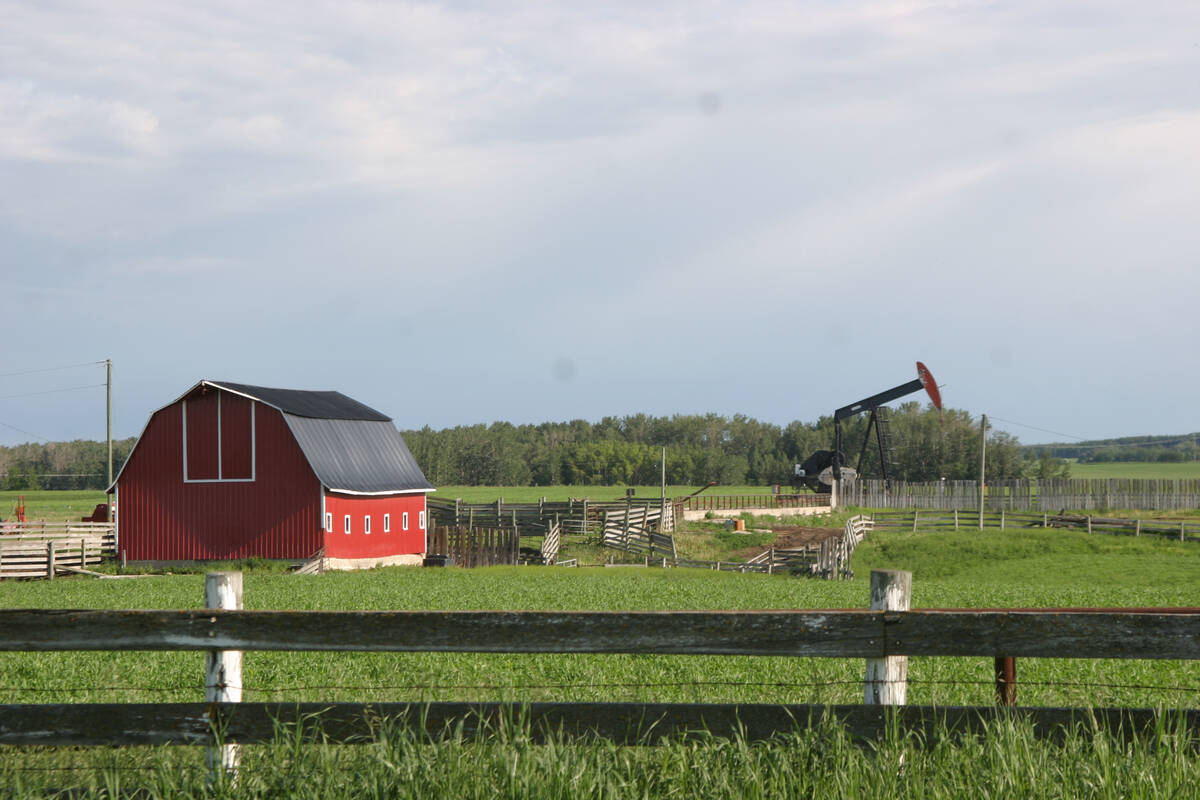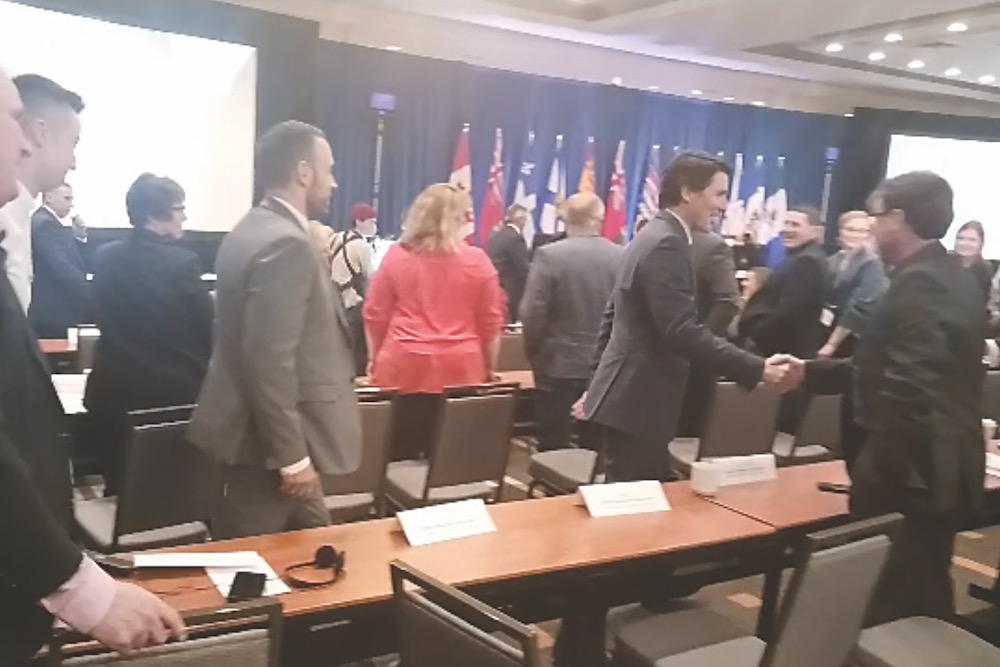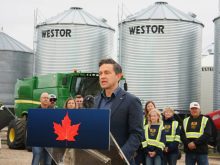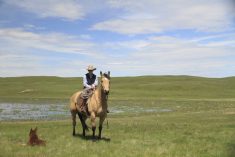Ottawa —The meeting hall was buzzing March 6 as those at the Canadian Federation of Agriculture’s annual meeting awaited the arrival of Prime Minister Justin Trudeau.
The last-minute addition to the agenda had been quietly rumoured for several days but only confirmed on the opening morning of the event.
A longtime member of the Parliamentary Press Gallery noted it was the first time since at least 1980 that a prime minister had attended the annual gathering.
Keith Currie, newly elected president of the CFA, told Glacier FarmMedia that Trudeau’s visit, and those of other party leaders, demonstrates Ottawa’s growing interest in agricultural issues.
Read Also

Recommendations in the mature assets strategy could cause potential problems for landholders
The Western Stock Growers’ Association urges producers to pay attention to the potential changes to Alberta’s Mature Assets Strategy.
“We had five political leaders attend our convention…That’s a real feather in our cap as an organization,” he said.
The prime minister’s address waded straight into the hotly debated issue of emissions targets.
The federal government has aimed for 30 per cent fewer emissions from nitrogen fertilizer in 2030, compared to levels a decade before. The issue has caused consternation from all corners of agriculture, with concern over the policy’s potential impact at the farm gate. It has also caused division within the sector.
Trudeau said the targets are voluntary and there are numerous misconceptions about them.
“We are seeking a 30 per cent reduction in emissions — and let me stress that — this is emissions, not fertilizer use,” he said from the podium.
Trudeau spent approximately 40 minutes at the event, speaking for 10 minutes and answering questions from the floor for the remainder.
One question was from an Ottawa-area farmer and certified crop advisor. Farmers need to access affordable fertilizer, working capital and technology to farm successfully, she said, and asked if his government considered “…economic sustainability in its decision making?”
Trudeau responded that was always a consideration, adding that “things are changing,” and farmers did not necessarily have to bear the brunt of those decisions.
“We need to work together to protect land and the environment for future generations,” he said. “We also need to protect your success.
“We can’t have yields going down. We have to be increasing them. We need to feed not just Canadians, but the world. We need to support you doing this.”

Pierre Poilievre, federal Conservative leader, later offered a counterpoint to Trudeau’s claims. He advised farmers not to take the government at its word.
“They claim now it’s not going to be coercion, but they also said the carbon tax would never go over $50 [a tonne] and it’s now set to go to $170.”
Poilievre said a government he led would “… repeal the carbon tax, and the tariffs the government is proposing on fertilizer.”
He also took questions from the floor.
Brent Preston, an Ontario vegetable producer and member of Farmers for Climate Solutions, told Poilievre that farmers are excited about the idea that they can be a positive force in the fight against climate change and they are sharing practices among themselves. He asked how a Conservative government would foster those efforts.
“Our farmers have led the charge in zero till and other methods that protect the environment and continue to sequester carbon in the soil,” Poilievre responded. “We believe there should be incentives to benefit farmers.”
NDP leader Jagmeet Singh told attendees the federal government must become a better partner to farmers in the push to reduce farm emissions.
“I’d like to see us stop spending billions in subsidies to the already profitable oil industry,” he said. “Let’s stop that, and start investing massively in farming. That’s a better placement of our money.”
Elizabeth May said the Green Party would like to be seen as the party of Canadian agriculture.
“We know it’s unlikely you think that now,” she said to a round of chuckles from the meeting.
May said farmers should be compensated for environmental goods and services like sequestering carbon or maintaining shelterbelts for biodiversity.
“You should be paid for every ounce of carbon you sequester in the soil,” she said.















